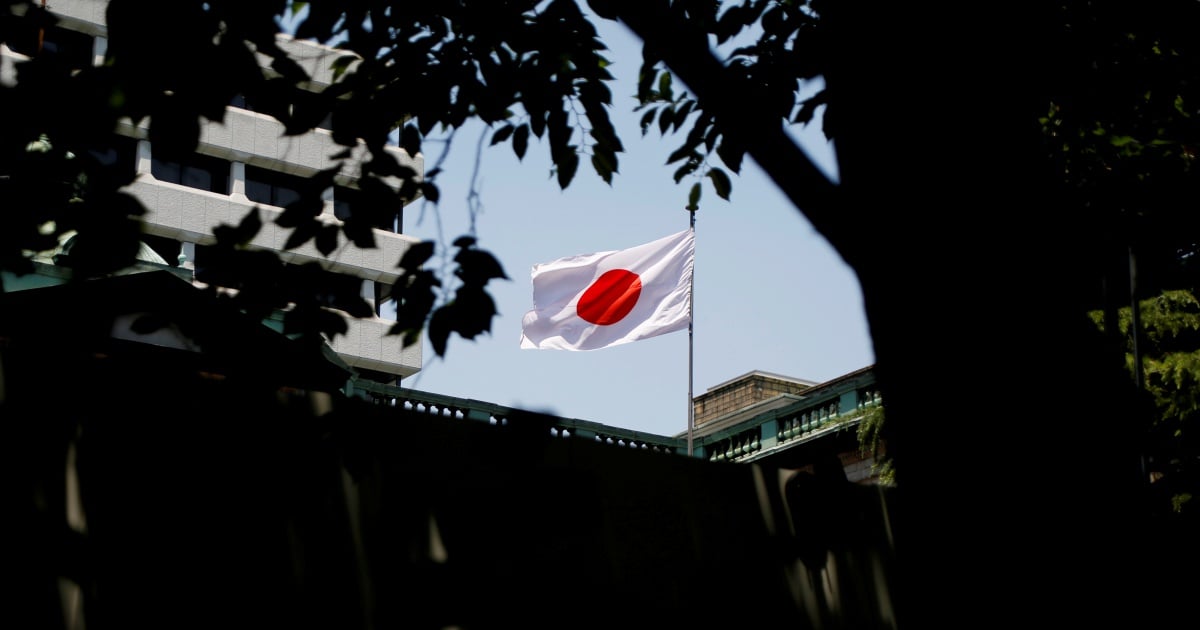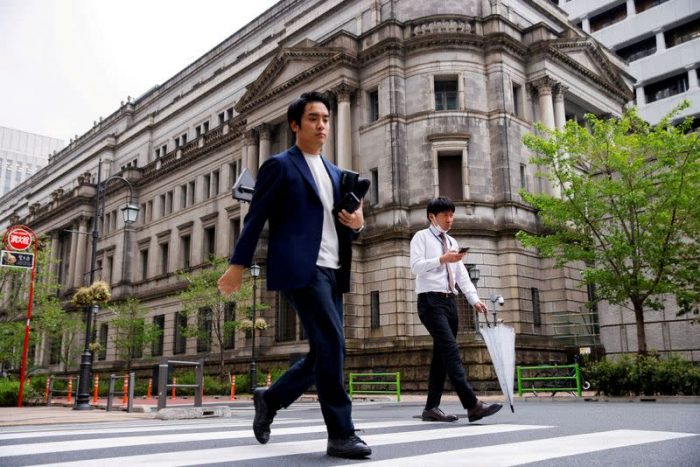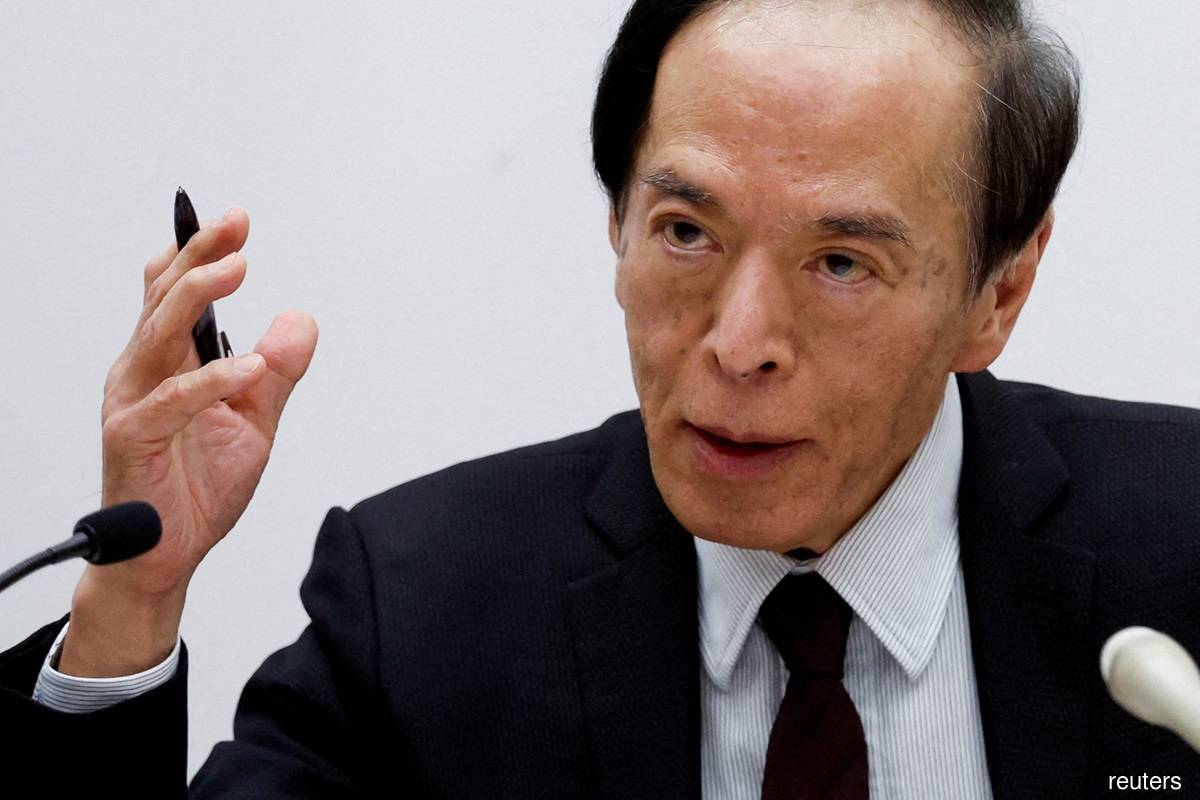






On January 28, 2025, the Bank of Japan (BoJ) raised its short-term policy rates from 0.25% to 0.5%, marking the highest level since 2008. This decision, made in an 8-1 vote led by Governor Kazuo Ueda, aims to normalize financial policy in light of rising inflation and economic recovery ahead of the upcoming U.S.-Japan summit. The BoJ is confident in achieving its 2% inflation target, supported by a notable increase in average wages, which rose by 5.1% in 2024, the largest growth in over three decades [3ef218f4].
Following the announcement, the yen appreciated to 154.845 per dollar, reflecting a positive market reaction [3ef218f4]. However, Ueda's dovish comments hinted at a potential return to less clear communication regarding future rate hikes, which could lead to market confusion. This shift comes after the market pricing for a January hike dropped from 70% to 46% following Ueda's remarks, indicating uncertainty surrounding U.S. economic policy's influence on Japan's monetary decisions and the possible return of Donald Trump as president [b9d6a165].
The recent rate hike is significant as it represents the first increase since July 2024 and the third since the BoJ lifted negative rates in March 2024. Additionally, the BoJ upgraded its economic outlook for the Hokuriku and Tohoku regions on January 9, 2025, following a recovery from the magnitude 7.6 earthquake that struck the Noto Peninsula on January 1, 2024. Increased auto production and rising private consumption have contributed to a more optimistic economic environment in these areas [27d1fe98].
During the December 2024 meeting, BoJ board members discussed neutral interest rate estimates, with one member noting that the current policy rate was far from neutral. Another member raised concerns about the appropriateness of using data from Japan's deflationary period to inform current policy. The BoJ decided to maintain interest rates at that meeting, emphasizing the need for more time to assess wage developments and U.S. economic policy [bc4a03bb].
In its recent monetary policy meeting on January 23-24, 2025, the BoJ discussed further interest rate hikes, with analysts predicting a potential increase to 0.75% later this year. Core consumer prices have remained above the BoJ's 2% inflation target for over two years, prompting discussions among board members about increasing borrowing costs. Governor Ueda and deputy chief Ryozo Himino highlighted the solid U.S. economy, which could provide increased flexibility for Japan's monetary policy. However, uncertainty remains regarding the impact of U.S. President Donald Trump's economic policies on Japan's economy [404acdaf].
Despite the positive indicators, analysts express mixed views on the recent rate hike, with concerns about potential dampening effects on personal consumption and expectations for further increases by the end of 2025 [3ef218f4]. Japan's core inflation reached 3.0% in December 2024, signaling rising living costs that the BoJ must navigate carefully [3ef218f4]. The BoJ's nominal neutral rate is estimated to be between 1% and 2.5%, and future hikes will depend on ongoing assessments of economic health [b9d6a165].
As the BoJ continues to adapt its monetary policy in response to Japan's evolving economic landscape, the interplay between inflation, wage growth, and political developments remains crucial. Rising living costs and potential tariff threats from Trump pose additional challenges for Japan's economy, complicating the BoJ's path forward [b9d6a165][1d24e6fa][9bfcbbaf].